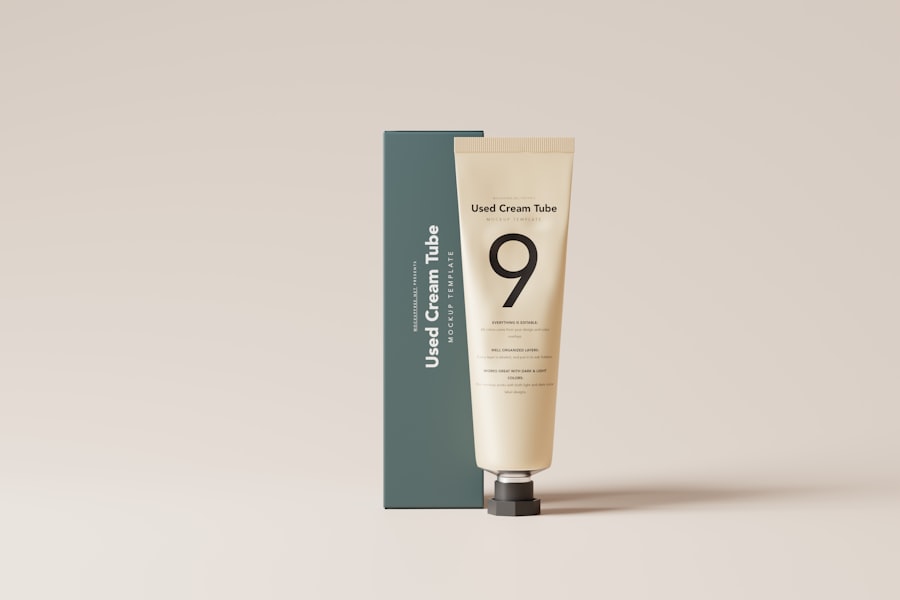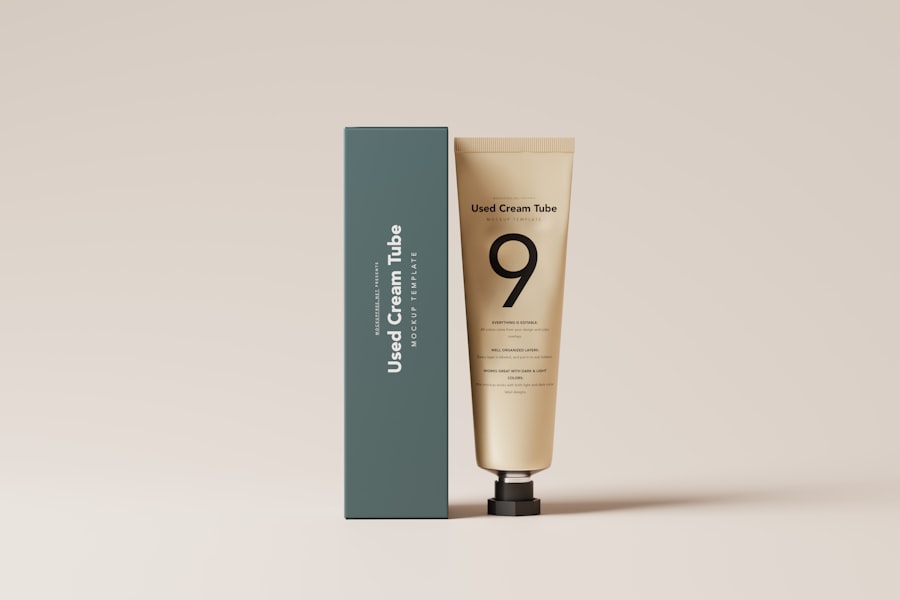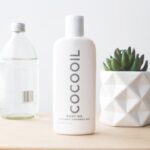After undergoing laser hair removal, you may find yourself feeling excited about the prospect of smooth, hair-free skin. However, it’s crucial to recognize that the care you provide your skin in the days and weeks following the procedure can significantly impact your results. Post-laser care is not merely an afterthought; it is an essential component of the overall treatment process.
Your skin has just undergone a procedure that targets hair follicles with concentrated light energy, which can leave it sensitive and vulnerable. Proper post-care helps to soothe your skin, reduce inflammation, and promote healing.
Ignoring this step can lead to complications such as irritation, prolonged redness, or even hyperpigmentation. Therefore, taking the time to follow a well-structured aftercare routine is vital for achieving the best possible outcome from your laser hair removal experience.
Key Takeaways
- Proper post-laser hair removal care is crucial for achieving optimal results and preventing complications.
- Discomfort and redness after laser hair removal can be managed with the use of soothing and cooling products.
- Protecting your skin from sun exposure is essential to prevent damage and hyperpigmentation after laser hair removal.
- Moisturizing and hydrating your skin regularly can help maintain its health and promote healing after laser hair removal.
- Avoiding excessive heat and sweat can help prevent irritation and potential infection of the treated skin.
Managing Discomfort and Redness After Laser Hair Removal
It’s common to experience some discomfort and redness immediately following your laser hair removal session. This reaction is a natural response as your skin adjusts to the treatment. To manage this discomfort effectively, you can apply a cool compress to the treated area.
This simple method can help alleviate any burning or stinging sensations you may feel. Additionally, over-the-counter pain relief medications, such as ibuprofen or acetaminophen, can be beneficial in reducing discomfort. Redness is another common side effect that typically subsides within a few hours to a few days.
However, if you notice that the redness persists or worsens, it’s essential to consult with your dermatologist or laser technician. They can provide guidance on how to manage these symptoms effectively. In most cases, gentle care and patience will allow your skin to recover beautifully, revealing the smooth results you desire.
Protecting Your Skin from Sun Exposure

One of the most critical aspects of post-laser hair removal care is protecting your skin from sun exposure. After treatment, your skin is particularly sensitive and more susceptible to sunburn and pigmentation changes. It’s advisable to avoid direct sunlight for at least two weeks following your session.
If you must be outdoors, wearing protective clothing and seeking shade can help shield your skin from harmful UV rays. In addition to physical protection, applying a broad-spectrum sunscreen with an SPF of 30 or higher is essential. This step should become a daily habit, even on cloudy days or when you’re indoors, as UV rays can penetrate windows.
Reapplying sunscreen every two hours when outdoors will further safeguard your skin and help maintain the results of your laser hair removal treatment.
Moisturizing and Hydrating Your Skin
| Product | Moisturizing Level | Hydration Level |
|---|---|---|
| Lotion A | High | Medium |
| Cream B | Medium | High |
| Serum C | High | High |
Keeping your skin well-moisturized is another vital aspect of post-laser care. After the procedure, your skin may feel dry or tight due to the treatment’s effects. Using a gentle, fragrance-free moisturizer can help restore hydration and create a barrier that protects your skin from environmental irritants.
Look for products containing soothing ingredients like aloe vera or hyaluronic acid, which can provide additional relief and hydration. Hydration goes beyond just topical products; drinking plenty of water is equally important for maintaining healthy skin. Staying hydrated helps your body heal more efficiently and can improve your overall skin texture.
By prioritizing both external and internal hydration, you’ll support your skin’s recovery process and enhance the results of your laser hair removal.
Avoiding Excessive Heat and Sweat
In the days following your laser hair removal session, it’s crucial to avoid excessive heat and sweat. Activities that cause you to sweat profusely, such as intense workouts or hot baths, can irritate your sensitive skin and lead to complications like inflammation or breakouts. Instead, opt for gentle activities that keep you cool and comfortable during this recovery period.
If you enjoy hot showers or baths, consider switching to lukewarm water for a while. This small adjustment can make a significant difference in how your skin feels post-treatment. Additionally, try to avoid saunas or steam rooms until your skin has fully healed.
By being mindful of heat exposure, you’ll help ensure a smoother recovery process and maintain the integrity of your results.
Gentle Exfoliation to Prevent Ingrown Hairs

While exfoliation is an essential part of any skincare routine, it’s crucial to approach it with caution after laser hair removal. Gentle exfoliation can help prevent ingrown hairs, which may occur as hair follicles begin to shed after treatment. However, aggressive scrubbing or using harsh exfoliants can irritate your sensitive skin and hinder the healing process.
Instead of traditional scrubs, consider using a soft washcloth or a gentle exfoliating glove to lightly buff the treated area once your skin has calmed down—typically after a few days. You might also explore chemical exfoliants containing mild acids like glycolic or lactic acid, but be sure to consult with your dermatologist before introducing new products into your routine. By taking a gentle approach to exfoliation, you’ll help keep your skin smooth while minimizing the risk of irritation.
Avoiding Certain Skincare Products and Treatments
After laser hair removal, it’s essential to be cautious about the skincare products and treatments you use on your skin. Certain ingredients can exacerbate sensitivity or cause adverse reactions during the healing process. For instance, avoid products containing retinoids, alpha hydroxy acids (AHAs), or beta hydroxy acids (BHAs) for at least a week post-treatment, as these can irritate freshly treated skin.
Additionally, steer clear of harsh scrubs or peels that could disrupt the healing process. Instead, focus on using gentle cleansers and soothing moisturizers that will support your skin’s recovery without causing further irritation. If you’re unsure about which products are safe to use after laser hair removal, don’t hesitate to reach out to your dermatologist for personalized recommendations tailored to your skin type.
Following Up with Your Dermatologist or Laser Technician
Finally, one of the most important steps in post-laser hair removal care is scheduling follow-up appointments with your dermatologist or laser technician. These professionals can assess how well your skin is healing and whether you’re experiencing any side effects that need addressing.
During these follow-up visits, don’t hesitate to voice any concerns or questions you may have about your recovery process. Your healthcare provider is there to support you and provide guidance tailored specifically to your needs. By maintaining open communication and adhering to their recommendations, you’ll be well on your way to enjoying the long-lasting benefits of laser hair removal while keeping your skin healthy and radiant.
In conclusion, post-laser hair removal care is an integral part of achieving smooth and beautiful skin. By understanding its importance and following these guidelines—managing discomfort, protecting against sun exposure, moisturizing adequately, avoiding excessive heat, gently exfoliating, being cautious with skincare products, and maintaining communication with professionals—you’ll set yourself up for success in enjoying the results of your treatment for years to come.
After undergoing laser hair removal treatment, it is important to properly care for your skin to ensure optimal results. One helpful article on laser hair aftercare can be found at this link. This article provides tips and advice on how to soothe and protect your skin post-treatment, as well as how to maintain the results of your laser hair removal sessions. By following these aftercare guidelines, you can help ensure that your skin remains smooth and hair-free for longer periods of time.
FAQs
What is laser hair removal aftercare?
Laser hair removal aftercare refers to the steps and precautions that should be taken after undergoing a laser hair removal treatment. This includes caring for the treated area to ensure proper healing and to minimize any potential side effects.
What are the common aftercare instructions for laser hair removal?
Common aftercare instructions for laser hair removal include avoiding sun exposure, using gentle skincare products, avoiding hot showers and saunas, and keeping the treated area clean and moisturized. It is also important to avoid picking or scratching the treated area to prevent irritation and infection.
How long does it take for the skin to heal after laser hair removal?
The skin typically takes a few days to a week to heal after laser hair removal. However, this can vary depending on the individual’s skin type and the intensity of the treatment. It is important to follow the aftercare instructions provided by the laser hair removal technician to ensure proper healing.
What are the potential side effects of laser hair removal?
Potential side effects of laser hair removal may include redness, swelling, and mild discomfort in the treated area. In some cases, temporary changes in skin pigmentation or blistering may occur. Following proper aftercare instructions can help minimize these side effects.
Can I apply makeup or skincare products immediately after laser hair removal?
It is generally recommended to avoid applying makeup or skincare products immediately after laser hair removal, especially if the skin is red or sensitive. It is best to wait until the skin has fully healed before applying any products to the treated area.






